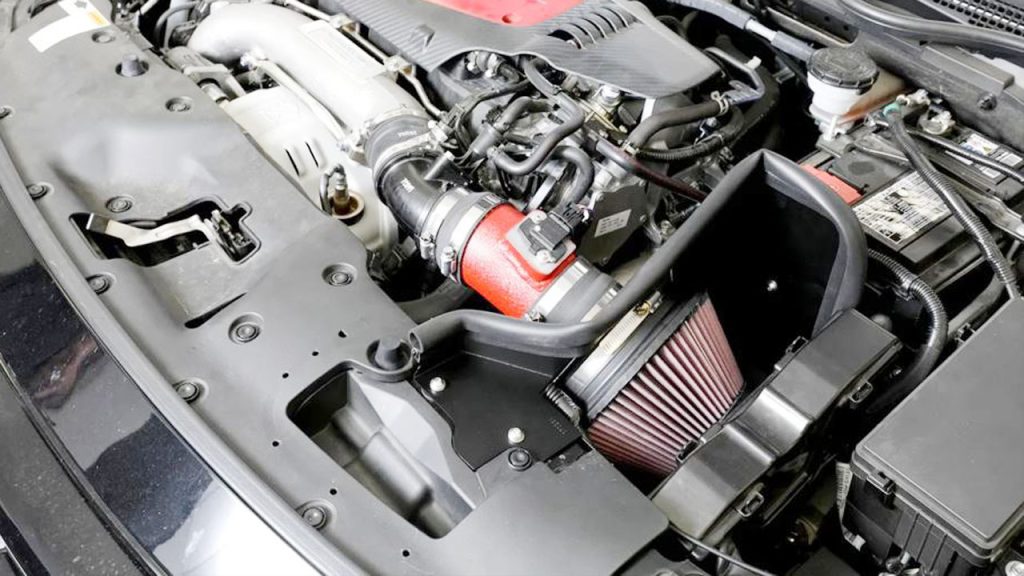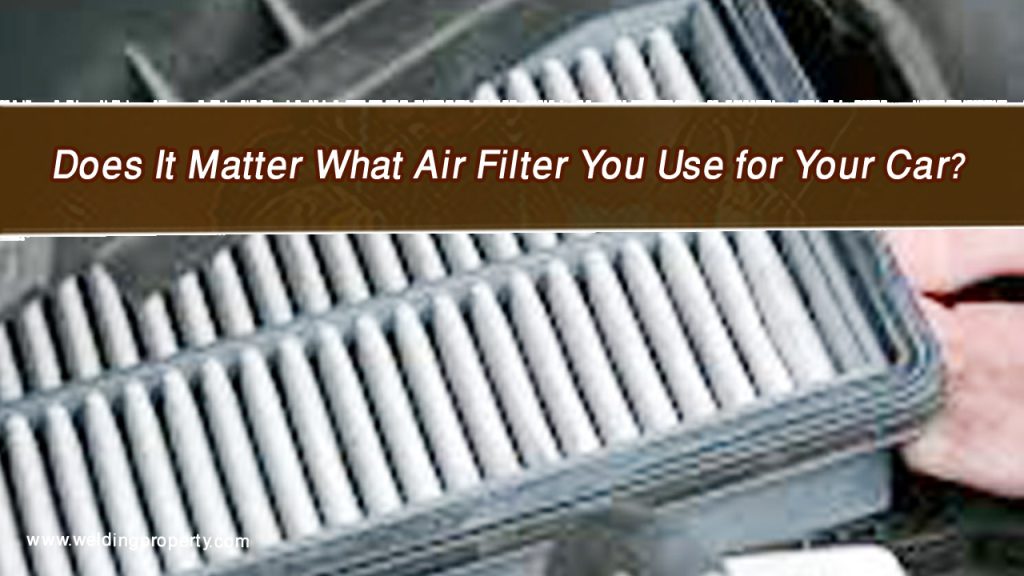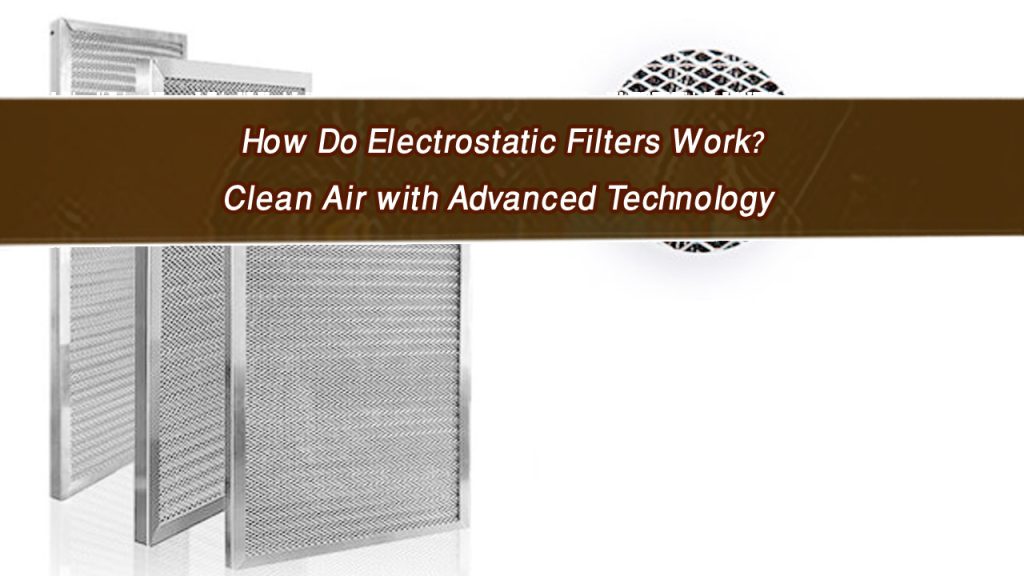When it comes to optimizing your vehicle’s performance, upgrading to a cold air intake system is often one of the first steps car enthusiasts take. But if you’ve ever explored the variety of cold air intake filters on the market, you’ve probably wondered: does the size of a cold air intake filter really matter?
This is an important question, and it’s one I’ve explored myself when trying to get the best performance out of my vehicle. After testing different setups and digging into how filters impact airflow, engine health, and overall efficiency, I’ve gained some valuable insights. So, let’s break it all down in a way that’s simple and easy to follow.

Image by nasaspeed
By the time you’re done reading, you’ll understand exactly why filter size matters, how to choose the right one for your needs, and what to watch out for when upgrading your system.
Cold Air Intake Filter
Before we dive into the importance of size, let’s take a moment to understand what a cold air intake filter actually does.
The cold air intake system is designed to improve your engine’s efficiency by drawing in cooler, denser air from outside the engine bay. The filter is a key part of this system, preventing dirt, dust, and debris from entering the engine while allowing clean air to flow through.
A good filter will strike the perfect balance between protecting your engine and maximizing airflow. But the size of the filter plays a major role in achieving this balance.
Does Filter Size Really Matter?
The short answer is yes. The size of your cold air intake filter absolutely matters, but it’s not just about bigger being better. It’s about finding the right size to match your vehicle’s engine, intake system, and performance goals.
Here’s why size is important:
Airflow Capacity
A larger filter generally allows for more airflow. This can help your engine “breathe” better, especially at higher RPMs when the demand for air increases. If the filter is too small, it may restrict airflow, choking your engine’s performance.
Filtration Surface Area
A larger filter has more surface area, which means it can trap more dirt and debris without clogging. This is especially important if you drive in dusty conditions or push your car hard on a regular basis.
Fit and Compatibility
The filter size needs to match your cold air intake system. An oversized filter might not fit properly, while an undersized filter could create gaps, allowing unfiltered air into the engine.
Engine Size and Power Output
Larger engines with higher horsepower require more air to operate efficiently. Using a filter that’s too small for a high-performance engine can lead to reduced power and efficiency.
How to Determine the Right Filter Size for Your Vehicle
Choosing the right cold air intake filter size depends on a few key factors. Let’s go through them one by one.
Engine Size and Air Demand
Engines with larger displacements or turbochargers typically require more airflow. To find the right filter size, consider the cubic feet per minute (CFM) of air your engine needs.
For example:
- A 4-cylinder engine may only need a smaller filter.
- A V6 or V8 engine may require a larger filter to keep up with its air demands.
Intake System Design
Your cold air intake system’s design will often dictate the size and shape of the filter you can use. Check the manufacturer’s specifications for guidance.
Driving Conditions
If you drive in challenging environments, like dusty trails or off-road conditions, a larger filter with a high filtration capacity will be beneficial.
Maintenance Preferences
Smaller filters may need to be cleaned or replaced more frequently, while larger filters can go longer between maintenance sessions.
Impact of an Oversized or Undersized Filter
Using a filter that’s the wrong size can lead to several issues. Here’s what can happen in each case:
| Filter Size | Potential Impact |
|---|---|
| Too Small | Restricts airflow, reduces performance, and may clog quickly, requiring frequent maintenance. |
| Too Large | May not fit properly, leading to poor sealing and allowing unfiltered air to enter the engine. Can also disrupt the airflow dynamics if mismatched with the intake system. |
Finding the sweet spot is essential to get the best performance without compromising your engine’s health.
Types of Cold Air Intake Filters and Their Sizes
Cold air intake filters come in various shapes and sizes. Here are the most common types and their typical applications:
Cone Filters
- Shape: Conical
- Application: High-performance vehicles
- Benefit: Maximizes surface area for airflow and filtration.
Panel Filters
- Shape: Flat, rectangular
- Application: Factory-style intakes or limited space
- Benefit: Fits into tight spaces but may have lower airflow compared to cone filters.
Cylindrical Filters
- Shape: Tube-like
- Application: Custom setups
- Benefit: Balances size and airflow for various vehicles.
How to Maintain Your Cold Air Intake Filter
No matter what size filter you choose, regular maintenance is key to keeping it performing at its best. Here’s how to take care of your filter:
Inspect Regularly: Check your filter for dirt buildup every few months or after driving in dusty conditions.
Clean When Necessary: Use a filter cleaning kit to wash and re-oil reusable filters. Avoid over-oiling, as it can damage sensors.
Replace When Worn: Disposable filters should be replaced according to the manufacturer’s recommendations, typically every 15,000–30,000 miles.
FAQs
Does a larger filter improve horsepower?
A larger filter can improve horsepower by increasing airflow, but only if the rest of your intake system and engine can handle the additional air.
Can a small filter damage my engine?
Yes, a small filter may restrict airflow, reducing performance and potentially causing overheating or stress on the engine.
How often should I clean my filter?
Reusable filters should be cleaned every 10,000–15,000 miles or sooner if you drive in dusty conditions.
Are cone filters better than panel filters?
Cone filters typically allow more airflow due to their larger surface area, but panel filters may be more practical for tight spaces.
Do I need to re-oil my filter after cleaning?
Yes, if you’re using an oiled filter. Make sure to apply oil evenly to maintain proper filtration.
Conclusion
So, does the size of a cold air intake filter matter? Absolutely! The right size filter can significantly impact your engine’s performance, efficiency, and overall health. Whether you’re looking to boost horsepower or simply keep your engine running smoothly, understanding the relationship between filter size and airflow is crucial.
When choosing a filter, consider your engine’s size, driving conditions, and the design of your intake system. And don’t forget about regular maintenance to keep your filter in top shape.
With the right filter in place, you’ll not only enjoy improved performance but also protect your engine for the long haul. So go ahead—choose wisely, and let your car breathe easy!


